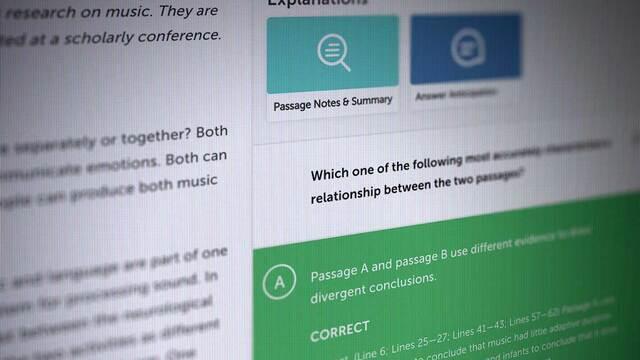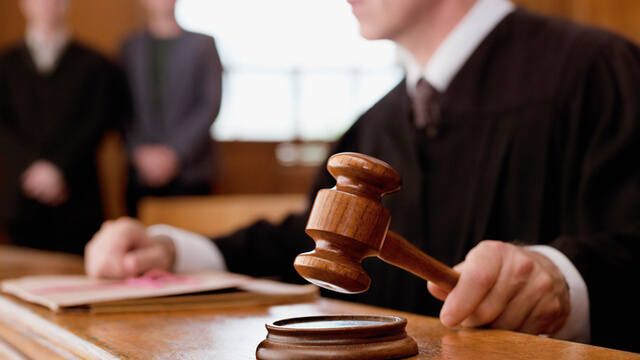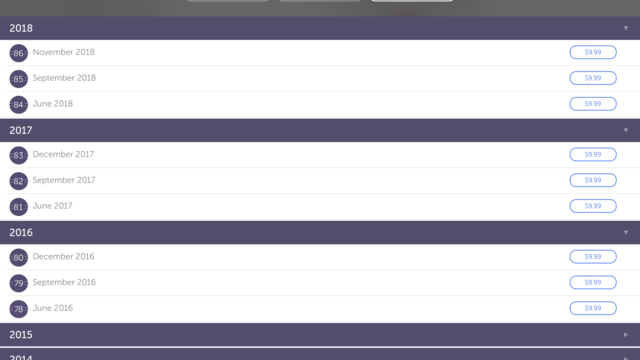Following leaks earlier this month, the official U.S. News & World Report Law School Rankings 2018 were released last week. They present an interesting snapshot of how law schools continue to jockey for position in an uncertain economy and tough legal market, and an opportunity to reflect on just how much “prestige” matters in the legal profession.
We posted recently on the new T-14 law schools. Today, we assess the rest of the pack, focusing on the Top 50 schools, and take a deeper dive on the true significance of any rankings system.
The Top 50 Law Schools
17) Vanderbilt (-1)
18) WUSTL
19) USC
20) Iowa
20) Notre Dame (+2)
22) Emory
23) Boston U (-3)
23) U Minnesota (-1)
25) Arizona State
26) Boston College (+4)
26) Alabama (+2)
28) UC Irvine
28) Washington and Lee (+12)
30) GWU (-5)
30) Indiana U Bloomington (-5)
30) Ohio State
30) U Georgia (+3)
30) U Washington (+3)
30) U Wisconsin Madison (+3)
36) Fordham (+1)
36) U Colorado Boulder (+4)
36) Wake Forest (+4)
39) UC Davis (-9)
39) UNC (-1)
41) William and Mary (-8)
41) George Mason (+4)
41) U Florida (+7)
44) U Illinois Urbana-Champaign (-4)
44) U Utah (+1)
46) BYU (-8)
46) SMU (-1)
48) FSU (+2)
48) U Arizona (-8)
48) U Maryland
There are obviously dozens of law schools that do not make this cut. So, what do these rankings really mean?
Any ranking system is inherently arbitrary, insofar as it focuses on particular attributes to the exclusion of others. Prospective law students need to assess which schools are best for them based on *their* objectives and priorities, *not* just those set by the ranking entities.
The wise approach, therefore, is to look behind the numbers and ensure that you understand the specific methodology underpinning each ranking system.
U.S. News & World Report assesses each of the 197 law schools fully accredited by the American Bar Association (ABA), based on a weighted average of twelve measures of quality, relying on data collected in Fall 2016 and early 2017.
The quality measures are grouped as follows:
Quality Assessment (0.40 weight), including:
1. Peer Assessment Score, i.e., what law faculty think of a particular law school, and
2. Lawyer & Judge Assessment Score, i.e., what legal professionals think of a particular law school.
Selectivity (0.25 weight), including:
3. Median LSAT and GRE scores of all 2016 full-time and part-time entrants into the JD program at the law school, and
4. Median undergraduate GPA of all 2016 full-time and part-time entrants into the JD program at the law school, and
5. Acceptance rate, i.e., the combined proportion of applicants to both the full-time and part-time JD programs who were accepted for the 2016 entering class.
Placement Success (0.20 weight), including:
6. Employment Rates for 2015 Graduates at Time of Graduation, and
7. Employment Rates for 2015 Graduates Ten Months After Graduation, and
8. Bar passage rate, specifically assessing the ratio of the bar passage rate of a school’s 2015 graduating class to that jurisdiction’s overall state bar passage rate for first-time test-takers in winter 2015 and summer 2015.
The “Placement Success” measures include a lot of fine print. As U.S. News & World Report acknowledges, not all jobs are created equal. Accordingly, “full weight” on this set of measures is reserved for graduates who had “a full-time job not funded by the law school or university that lasted at least a year and for which bar passage was required or a [JD] was an advantage.” These are the “real law jobs” according to many legal education experts. The lowest weight, by contrast, is assigned to part-time and short-term jobs, and those for which the law school was unable to determine length of employment or whether the employment was, in fact, full time.
Faculty Resources (0.15 weight), including:
9. Expenditures per student, including average instruction, library, and supporting services, and financial aid, plus
10. Student-faculty ratio, and
11. Library resources, defined as the total number of volumes and titles in the school’s law library as of the end of the 2016 fiscal year.
Finally, taking all of the above into account, U.S. News & World Report assigns each school’s:
12. Overall Rank.
Looking carefully at this methodology helps prospective applicants realize how little the U.S. News & World Report rankings actually factor in what should matter most to law students: key metrics like student-faculty ratio, financial aid, and employment rates are relatively under-emphasized in the larger mess of data that is incorporated into these rankings.
Indeed, critics have long claimed that the U.S. News & World Report rankings methodology includes a lot of information that is not actually of any utility for prelaw students. For this reason, for example, Above the Law has its own Top 50 list, premised on the following basic principle: “that given the steep cost of law school and the new normal of the legal job market, potential students should prioritize their future employment prospects over all other factors in deciding whether and where to attend law school.” While future employment prospects is clearly a far more useful metric for prelaw students, any law school rankings that has Harvard Law School at number 5, can’t be taken very seriously.
Law School Top 100 is yet another law school rankings to consider, and given Harvard Law’s position as the number one law school in the country, we have far more confidence in these rankings than either US News or Above the Law.
Nevertheless, prospective law students would be wise to look hard at schools of interest, paying less attention to generic rankings and far more careful attention to the metrics that really matter.










